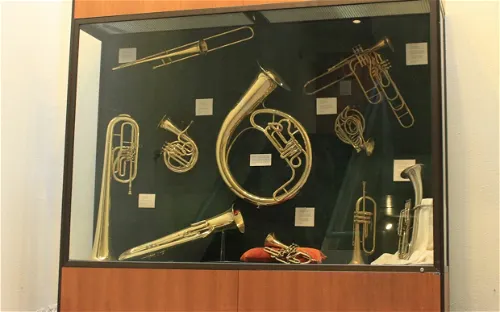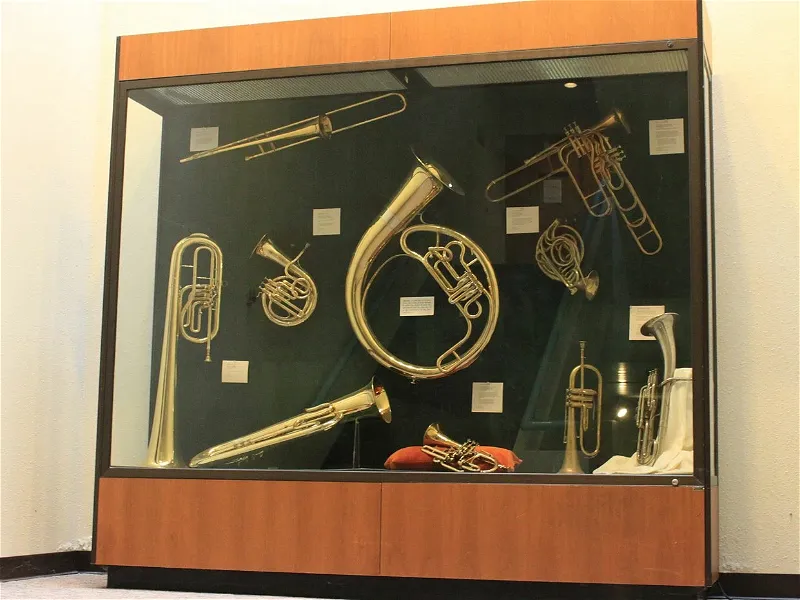Stearns Collection of Musical Instruments and its collection
The collection boasts a variety of unique and historically significant instruments. These include the trumpet collection of Armando Ghitalla, the former principal trumpeter of the Boston Symphony Orchestra and professor at the University of Michigan; a collection of violin bows from Jerry Tetewsky; the first commercially produced Moog synthesizer by Robert Moog from 1964; and the theremin used during the broadcasts of the radio series The Green Hornet from 1936 to 1952. These pieces provide a glimpse into the evolution of musical instruments and the history of music itself.
Accessibility of the Collection
In 2017, the Stearns Collection received a new home on the university campus. This move has made the collection more accessible to the public and has allowed for better integration into the educational programs of the university. Visitors can now more easily explore the collection and learn about the history and significance of the instruments on display.
Display Locations within the University
Visitors to the Stearns Collection can view some of the instruments in the foyer of the Earl V. Moore Building of the School of Music, Theatre & Dance on the northern campus of the university. Additionally, part of the collection is displayed in the lower foyer and on the second balcony of the Hill Auditorium on the central campus. These displays allow visitors to get a close look at the instruments and appreciate their craftsmanship and historical significance.
Specialized & Alternative Music




